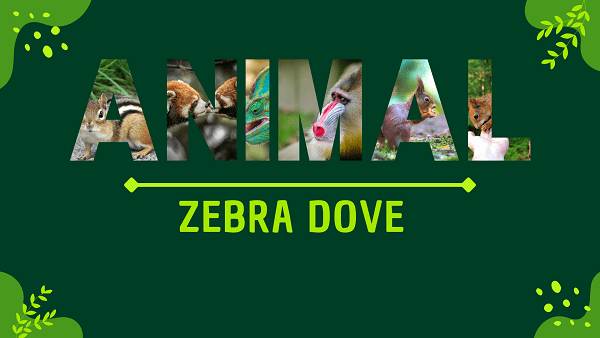Zebu | Facts, Diet, Habitat & Pictures
Home » Animals » Zebu | Facts, Diet, Habitat & Pictures
Zebu Overview
Appearance
The zebu, also known as Bos indicus or humped cattle, is a distinctive breed of domesticated cattle. They have a hump on their shoulders, which is a prominent feature that distinguishes them from other cattle breeds. Their body is typically well-muscled, and they come in various colors, including white, gray, brown, and black.
Zebus have a dewlap, a loose fold of skin hanging from their neck, and their ears are often long, drooping, and slightly curved. Their hooves are adapted to various terrains, making them well-suited for a range of environments.
Origins And Evolution
The zebu, or Bos indicus, has deep roots in the evolutionary history of domesticated cattle. Originating in South Asia, they are descendants of wild aurochs, the ancient wild cattle that once roamed the Eurasian continent.
Over thousands of years, selective breeding led to the development of zebus, characterized by their humps, long ears, and heat tolerance. Their evolution was driven by the need to adapt to hot and humid climates, making them well-suited for regions like the Indian subcontinent.
Zebus played a vital role in the agricultural and cultural development of the regions they inhabited, serving as sources of milk, meat, and labor. Today, they are not only economically significant but also embody the rich history of human-cattle coexistence.
Behavior and Lifestyle
Zebus are domesticated cattle known for their adaptable and social behavior. They often live in herds, providing mutual protection from predators. Their daily routine typically revolves around grazing on various types of vegetation, including grasses and shrubs.
Zebus are hardy animals and are well-suited to diverse environments, ranging from tropical regions to arid landscapes. They serve as essential livestock for many communities, providing milk, meat, and labor for agricultural activities.
Zebu Scientific Classification
- Kingdom: Animalia
- Phylum: Chordata
- Class: Mammalia
- Order: Artiodactyla
- Family: Bovidae
- Subfamily: Bovinae
- Genus: Bos
- Species: B. indicus
Zebu Locations
- South Asia
- Southeast Asia
- Africa
- Parts of the Americas (due to international livestock trade)
Fast Facts
- Name: Zebu Cattle
- Scientific Name: Bos primigenius indicus
- Habitat: Tropical Regions
- Diet: Herbivorous Grazer
- Physical Features: Humped Back
- Nocturnal: Diurnal Grazers
- Solitary: Herd Member
- Unique Order: Artiodactyla Family
- Lifespan: Years Long
- Conservation Status: Domesticated
- Fun Facts: Sacred in India
Physical Characteristics
- Color: Various Shades
- Skin Type: Thick Hide
- Top Speed: Moderate Runner
- Lifespan: Years Long
- Weight: Heavy Build
- Length: Medium Size
- Age of Sexual Maturity: Mating Age
- Age of Weaning: Maternal Care
Zebu FAQs
What is a zebu?
A zebu is a domesticated breed of cattle known for its distinctive hump and adaptability to various climates.
Where are Zebus originally from?
Zebus have their origins in South Asia, particularly in regions like India.
What is the purpose of zebus in agriculture?
Zebus are used for various purposes in agriculture, including plowing fields, providing milk, and as a source of meat and leather.
Why do zebus have humps?
The hump on a zebu’s shoulders stores fat, which can be used as an energy source during periods of food scarcity.
Are zebuses known for their heat tolerance?
Yes, zebus are well-adapted to hot and humid climates and are known for their heat tolerance.


